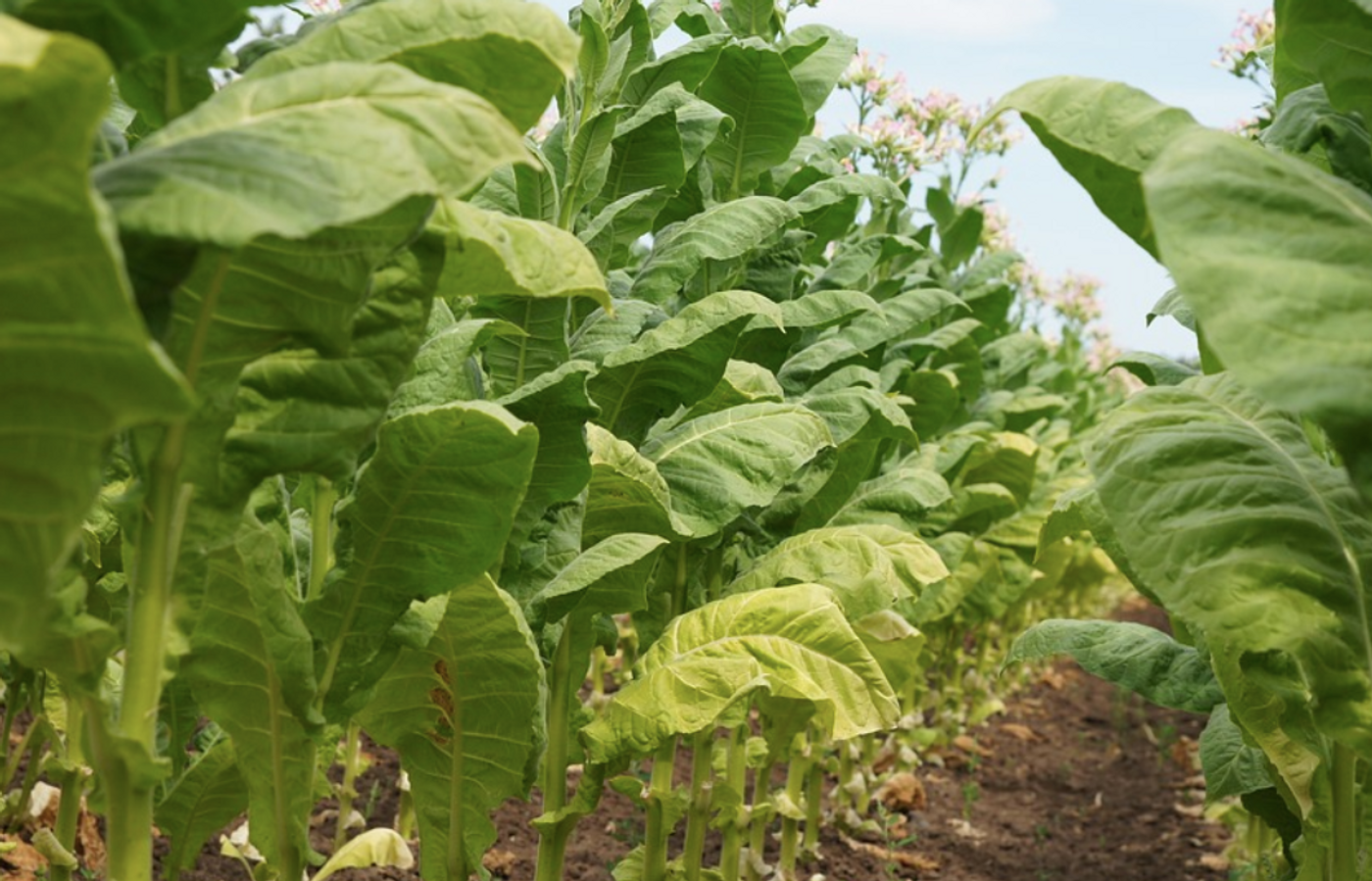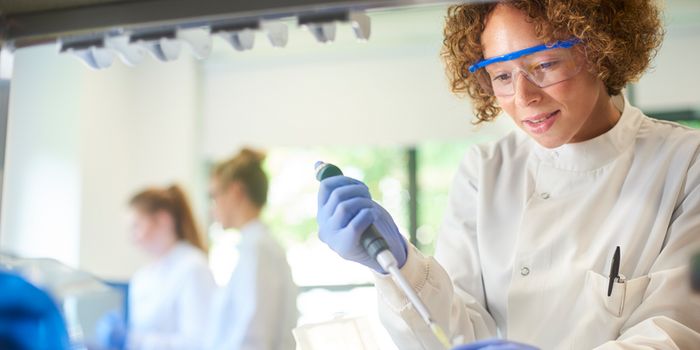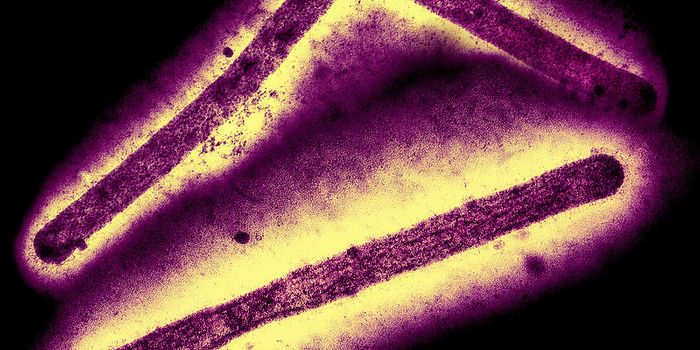Increasing Plant Growth & Extending Produce Shelf Life With Gene Editing
Researchers at Cornell University have found a way to increase carbon sequestration and the yield from tobacco plants, using genes from red algae. This work, which was reported in Nature Plants, altered a protein called Rubisco (ribulose-1,5-bisphosphate carboxylase/oxygenase, also known as RuBisCo), which fixes carbon in the first step of photosynthesis. Various types of Rubisco can be found in many organisms, including algae. It can limit plant growth and yield because sometimes it is inefficient and has a tough time distinguishing between oxygen and carbon dioxide.
In this work, the researchers utilized Rubisco that is found in red algae, or Griffithsia monilis - GmRubisco, because it is 30 percent more efficient at fixing carbon compared to the Rubisco found in other organisms. For many years, scientists have been attempting to express this gene in plants like wheat, soybean, or rice because it could add nutritional value. This is the first time that researchers have successfully been able to engineer a plant to express the molecule, called GmRubisco.
Rubisco does not function alone, and uses helper molecules or assembly chaperones so it will have the right structure to perform its function. Tobacco plants are known to have seven of these helpers while scientists don't know about the ones found in red algae, noted study co-author Laura Gunn, an assistant professor at Cornell University.
The investigators deciphered the structure of GmRubisco and replaced a few small parts with portions of Rhodobacter sphaeroides (RsRubisco), a close relative of GmRubisco. Because these two types of Rubisco are similar, they successfully merged. The new Rubisco was able to start fixing carbon 60 percent faster than the unaltered molecule, which increased carboxylation efficiency 22 percent.
Finally, the engineered Rubisco was expressed in tobacco plants. Photosynthesis and plant growth doubled. The researchers used tobacco because it is easy to manipulate. But they are hoping to make more efficient Rubisco in important agricultural crops too.
"We're not at the point where we're outperforming wild-type tobacco, but we're on the right trajectory," Gunn said. "We only need fairly modest improvements to Rubisco performance, because even a very small increase over a whole growing season can lead to massive changes in plant growth and yield, and the potential applications span many sectors: higher agricultural production; more efficient and affordable biofuel production; carbon sequestration approaches; and artificial energy possibilities."
Ethylene, a gas prodded by plants, is known to encourage ripening, and influences shelf life. In an unrelated study reported in Frontiers in Genome Editing, researchers used the CRSIPR/Cas9 gene editing system to modify the ethylene synthesis pathway in Japanese luxury melons, increasing their shelf life by fourteen days compared to unmodified plants.
The investigators altered a gene called CmACO1, which is part of an enzyme called 1-aminocyclopropane-1-carboxylic acid oxidase (ACO). Multiple genes are used to produce ACO, which is involved in the final step of the ethylene production pathway. There are five ACO genes in melons, including CmACO1.
Researchers modified the melons, and grew mutant and unmodified (wild-type) melons. At fourteen days after harvest, ethylene production in the mutant melons was one-tenth the levels of that produced by the unmodified melons. The wild-type melons were soft with yellow skin, while the altered melons remained firm and had green skin. This has suggested that by modifying the CmACO1 gene, melon shelf life can be extended. It may also be possible to use this approach to reduce ethylene gas production and lengthen shelf life in other produce, which could help reduce food insecurity.
Sources: Cornell University, Nature Plants, University of Tsukuba, Frontiers in Gene Editing









